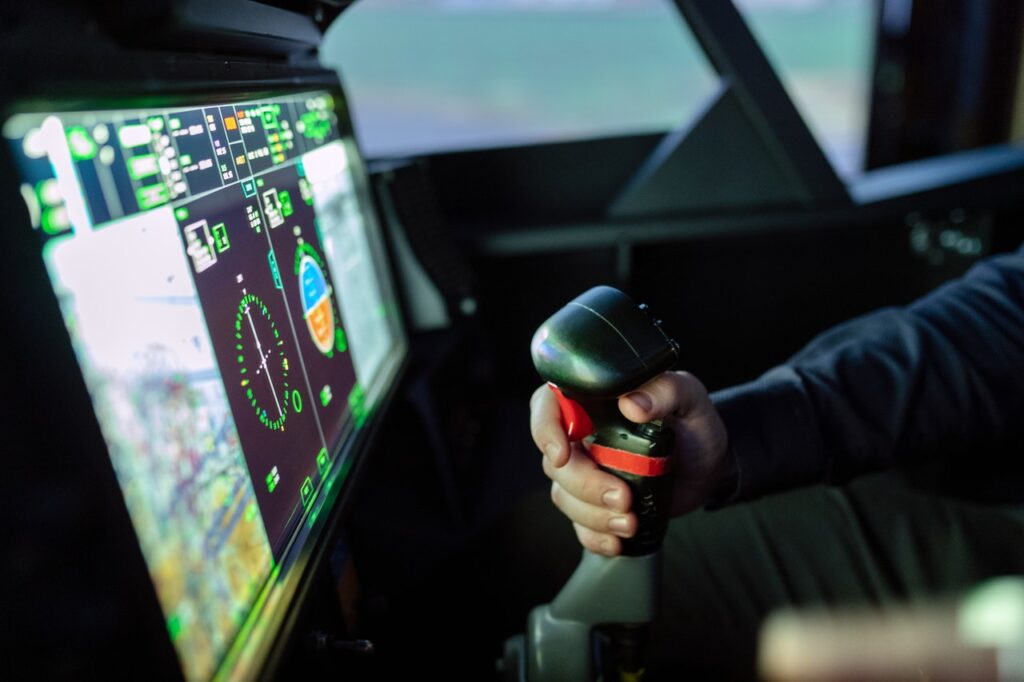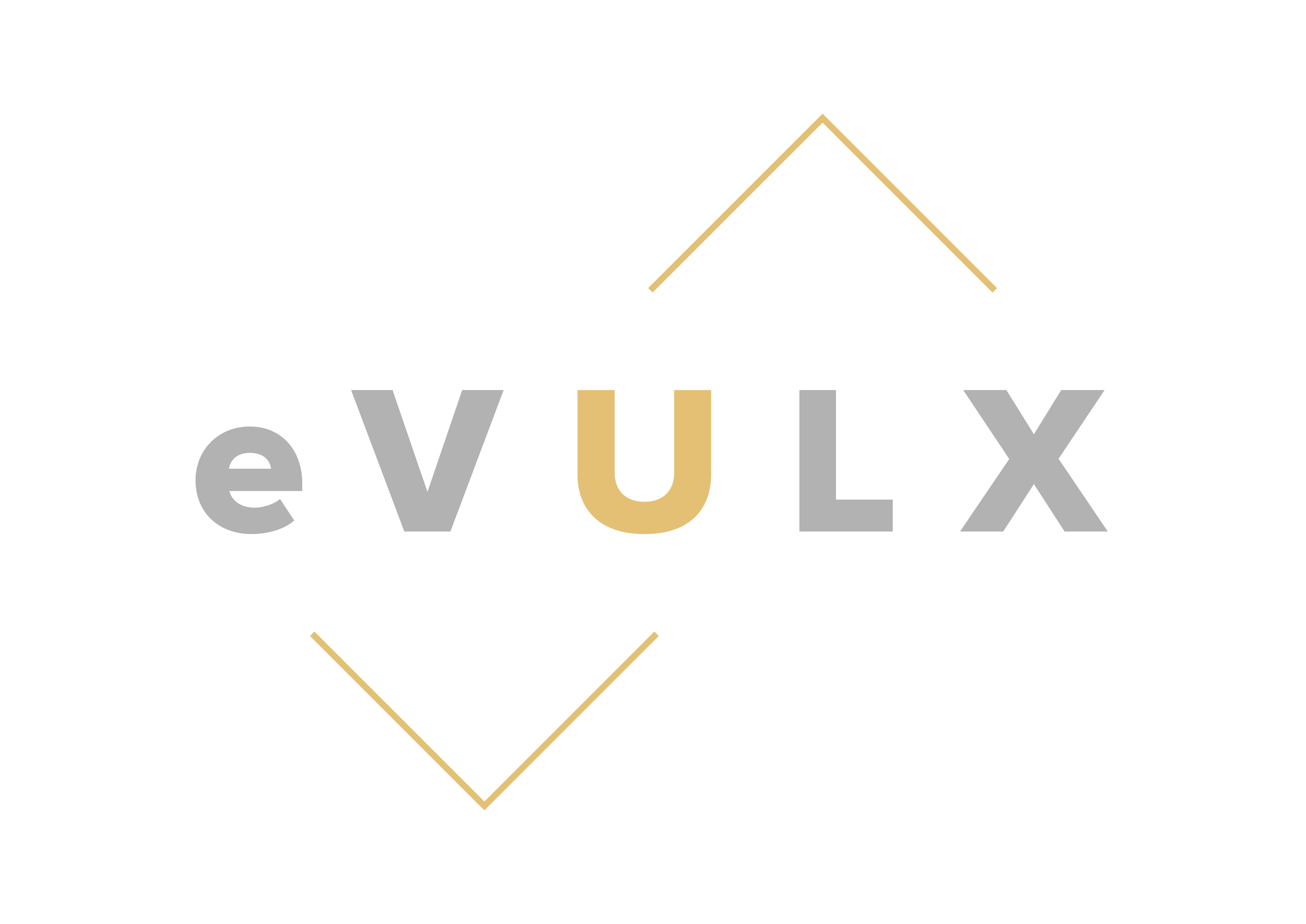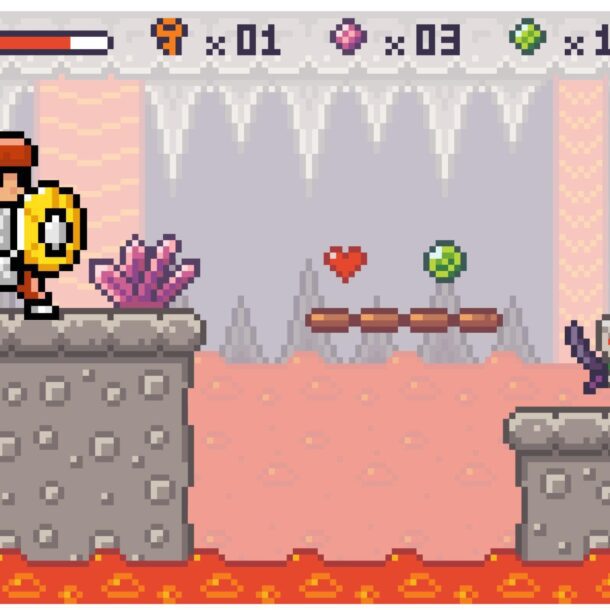
Gamification in 2022: The Future of Immersive Technologies!
Arun Nagarajah
November 29, 2021In 2022, we can expect Gamification / Game Based Learning (GBL) to progress and adopt new advancements of functionality, lifestyle integration, and accessibility. It would seem that Gamification has grown up!
Gamification design shifts to favor intrinsic motivation
In early 2021, we saw game initiatives / products and their design components be more structured around the origins of natural motivation rather than relying on external motivating factors.
Specialists feel that using external motivational factors in gamification is not fit for long-term gamification, and it can only bring instant results. GBL creators need to consciously build in the fundamental motivational factors their players need into their GBL initiatives, of which they need to scrutinize the player type thoroughly.
Learners will initially get pinned to learning due to external factors like leaderboards, badges etc. but will come back needing more of it only when they enjoy the means and format of learning. Hence, GBL specialists believe that the future of gamification and game-based learning will see an undeniable shift to more intrinsic motivation factors.
Digital learning will go broader in its reach
Experts foretell that game-based learning will continue to make inroads within traditional industries with conventional processes such as healthcare, education, financial services, pharmaceuticals, etc.
In such enterprises / industries, the gamification of learning is mainly achieved by adopting games to teach certain critical process skills. For example, in the Healthcare industry, games are already being used to teach nurses how to preform basic nursing duties. In the aviation sector, we see games are teaching new skills in engine overhaul and aircraft maintenance.
In truth, the aviation sector had always embraced gamification as a means to learning. We know that all pilots are required to train via digital simulators as it is a far more effective way to anticipate risk such as weather, resource, communication and technical restrictions.

In the near future, gamification will find application in other learning areas, for example in soft skills sales training, employee onboarding etc. For other unique application, do check out our previous posts where we looked at some real case studies in gamification.
A case study in employee onboarding
Studies show that new employees are 69% more likely to stick around for more than three years if you present them with a well-formed onboarding process. Based on the current trend where the globe is facing a new found crisis in the “Great Resignation”, employers are scrambling to find new and innovative ways to keep employees engaged throughout their careers.
Project administration and productivity tools have seen the most significant increase in gamification/GBL so far, and there is even more to develop. The HR Tech business is exploring the advantages of gamification in employee engagement with a lot of activity and effort in the recruitment space, where gamification removes bias and provides the possibility for 24/7 feedback. Do check out Happily, which does exactly that!

A gamified onboarding plan is an exciting and fun way for volunteers to get to know the corporation and learn how to perform their jobs. The content is presented in bite-sized chunks during the different onboarding stages, and team games can also be utilised to expedite interaction and establish relationships between employees.
A shift to gamified LMS
While your organisation may have an (LMS) Learning Management System, does it support gamification and game-based learning?
Modern LMS options currently obtainable on the market include the most vital gamified learning elements like points, badges, and leaderboards to sustain customer engagement and create an element of competitiveness between employees. This ultimately drives more employees onto the LMS platform and hence the ROI on implementing such LMS systems increases.

Thus, more LMS systems in the future will have to incorporate heavier game dynamics and elements that enable organisations to perform tasks like:
- Leveraging the strength of competition with elements like achievements, leaderboards, badges, points, peer to peer feedback and reward schemes.
- Precise tracking of the user’s learning purpose, manner, and progress can be rewarded and encouraged.
- Creative and interesting townhall concepts where anyone can create content and share it immediately across the organisations.
- Health based engagement competitions where employees get rewarded for adopting a healthier life style.
GBL will advance to blend with other learning formats
While gamification and game-based learning are used as a standalone educational strategy, there is a visible trend of combining or blending other learning experiences with game-based learning.
For example, according to a new study conducted on a group of target learners, it was observed that micro-learning creates 50% more engagement. When micro-learning is coupled with gamification elements, the advantages of learner engagement is anticipated to multiply exponentially. For HR and L&D teams, understanding how gamification can amplify your learning plan is essential for long term learning ROI.
Final Conclusion
We are still just at the beginning of the gamification route and we need to recognise where this strategy can really take us. We may see the growing use of terms such as ‘immersive technologies’ and ‘game-based learning’ to explain the type of engagement we’re addressing, but we know it’s gamification at its heart.
Understand how gamification can help learners is really step 1 and taking it to step 2 will require a shift of how gamification is applied and how success is measured. The final step is to integrate gamification into business processes to really reap the learning rewards!
[…] Related article: Gamification in 2022: Future of Immersive Technologies […]
[…] Related article: Gamification in 2022: Future of Immersive Technologies […]
[…] Related Article: Gamification in 2022: Future of Immersive Technologies […]
[…] Related article: Gamification in 2022: Future of Immersive Technologies […]





6 Comments
[…] Related article: Gamification in 2022: Future of Immersive Technologies […]
[…] Related article: Gamification in 2022: Future of Immersive Technologies […]